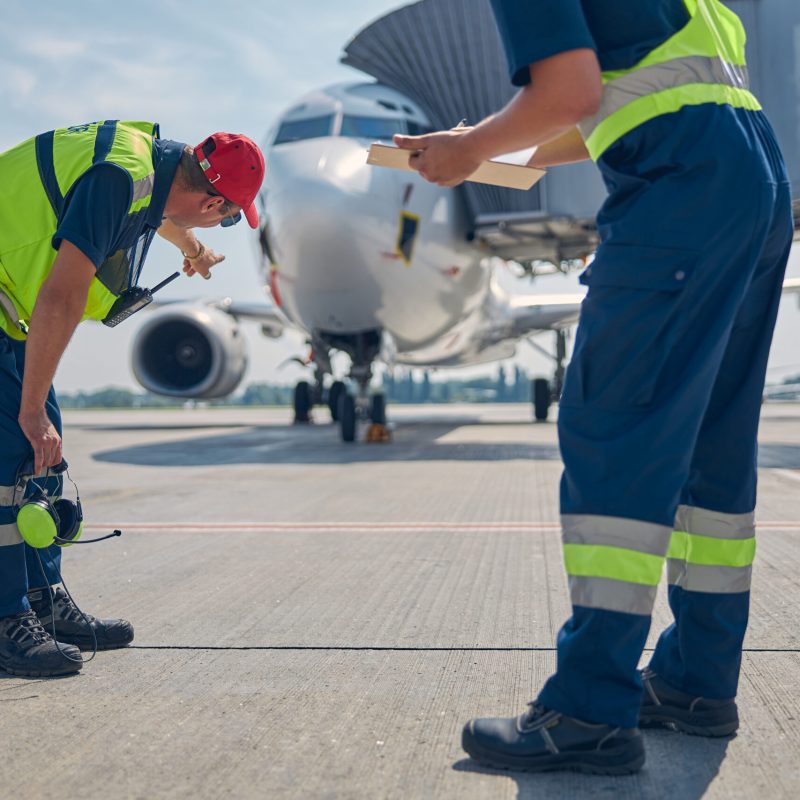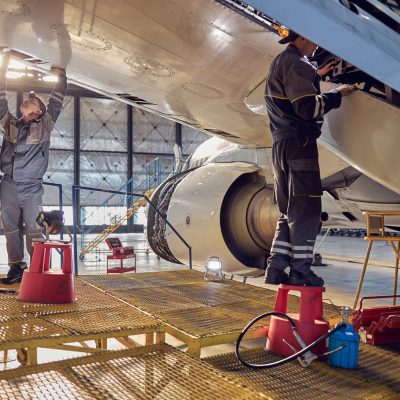Finding real world solutions.
We develop creative, comprehensive, and sustainable engineering solutions for a future where society can thrive.
- Home
- Services
Aerospace NDT Service
When you need experience, we have it covered.
Non-Destructive Testing (NDT) plays a crucial role in ensuring the safety and reliability of aircraft components without causing damage to the structures being examined. Various NDT methods are employed in the aerospace industry to detect and assess potential defects or flaws. Some common NDT techniques used for aircraft inspection include:
1. Ultrasonic Testing (UT): UT involves the use of high-frequency sound waves to detect internal flaws or defects in materials. It is commonly used for inspecting critical components such as welds, bolts, and composite structures in aircraft.
2. Eddy Current Testing (ECT): ECT is utilized to inspect conductive materials for surface and near-surface defects. It is often employed for inspecting non-ferrous materials like aluminum, as well as for detecting cracks and corrosion.
3. Radiographic Testing (RT): RT uses X-rays or gamma rays to inspect the internal structure of materials. It is effective for detecting hidden defects in materials, such as welds and composite structures.
4. Magnetic Particle Testing (MPT): MPT is used to identify surface and near-surface defects in ferromagnetic materials. It involves the application of a magnetic field and the use of magnetic particles to highlight defects like cracks.
5. Liquid Penetrant Testing (LPT): LPT is a method for detecting surface-breaking defects in non-porous materials. It involves applying a liquid penetrant to the surface, followed by the application of a developer to make any defects visible.
6. Thermography: This method uses infrared imaging to detect variations in temperature on the surface of materials. It is useful for identifying defects such as delaminations and disbonds in composite structures.
7. Acoustic Emission Testing (AET): AET monitors the release of acoustic signals produced by the growth of defects. It is used to detect and monitor the progression of defects in real-time, making it useful for ongoing monitoring of critical components.
8. Visual Inspection: While not a specialized NDT method, visual inspection is an essential part of the inspection process. It involves a thorough examination of the aircraft structure for any visible signs of damage, wear, or corrosion.
The choice of NDT method depends on factors such as the material being inspected, the type of defect expected, and the specific requirements of the aircraft component. Regular NDT inspections are critical to maintaining the structural integrity of aircraft and ensuring the safety of passengers and crew.





